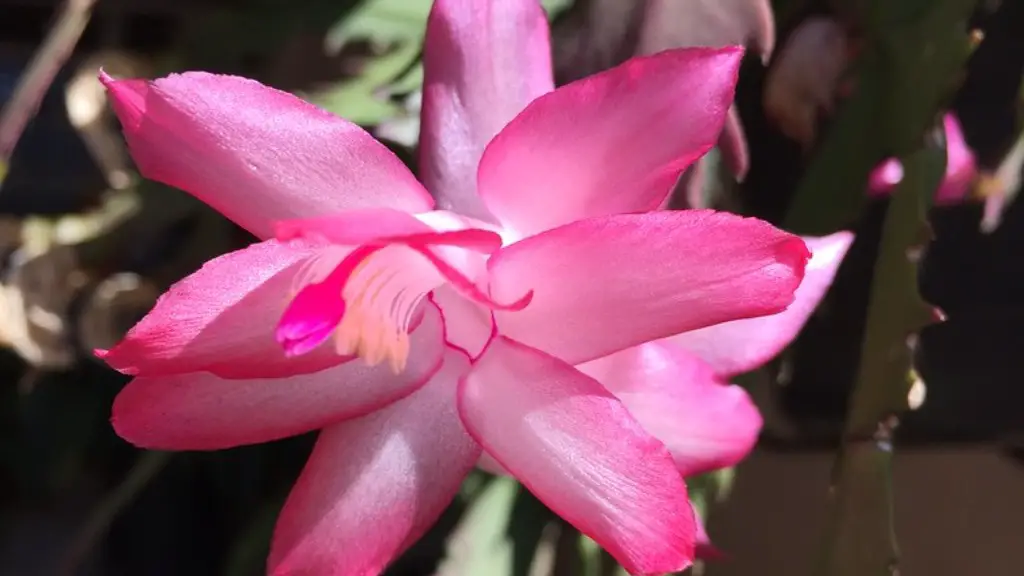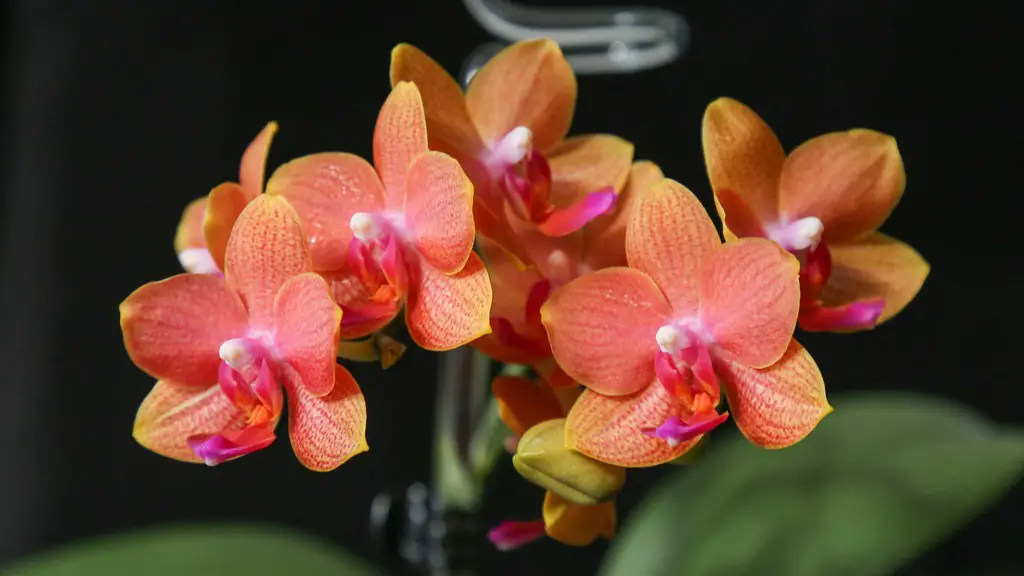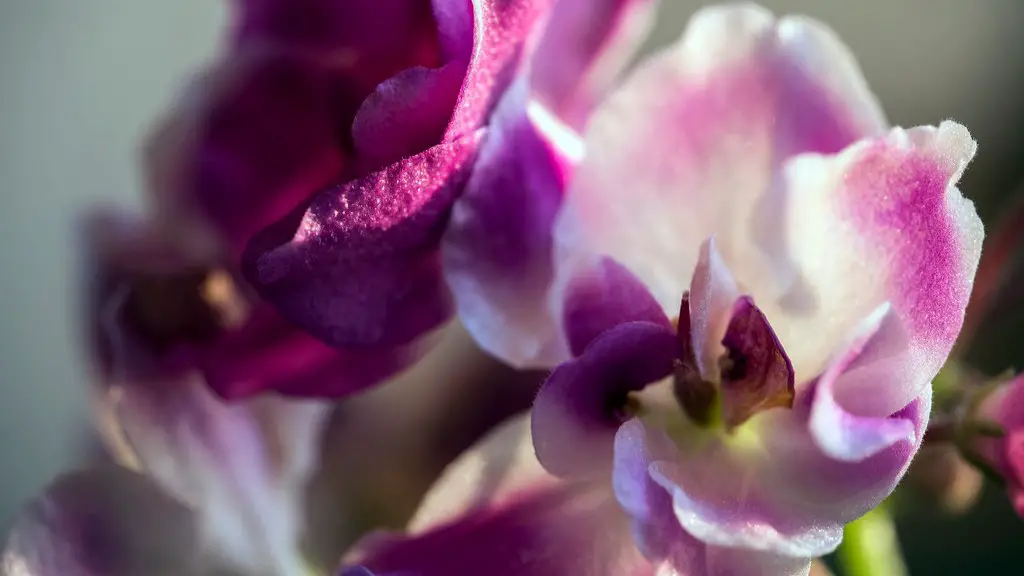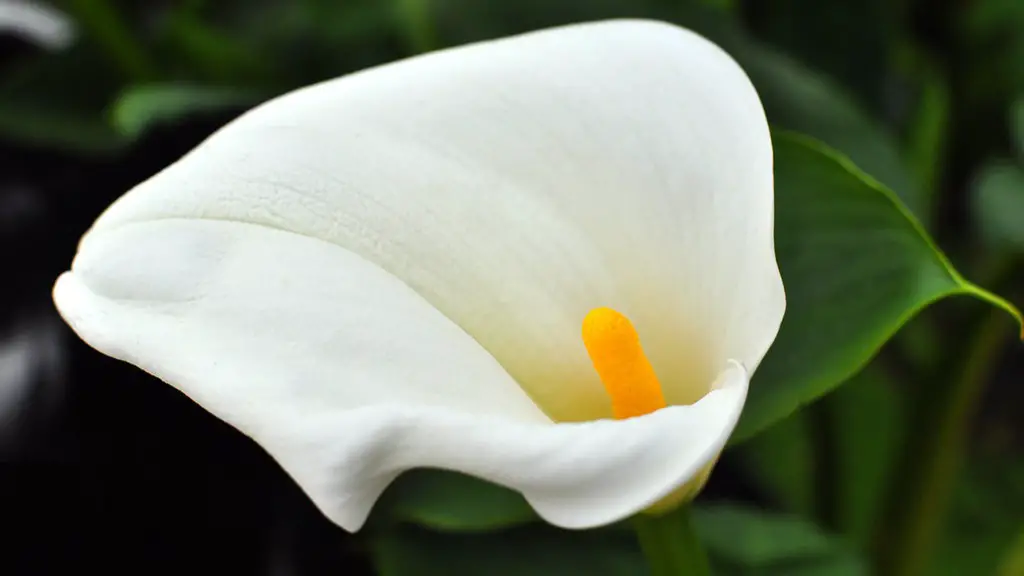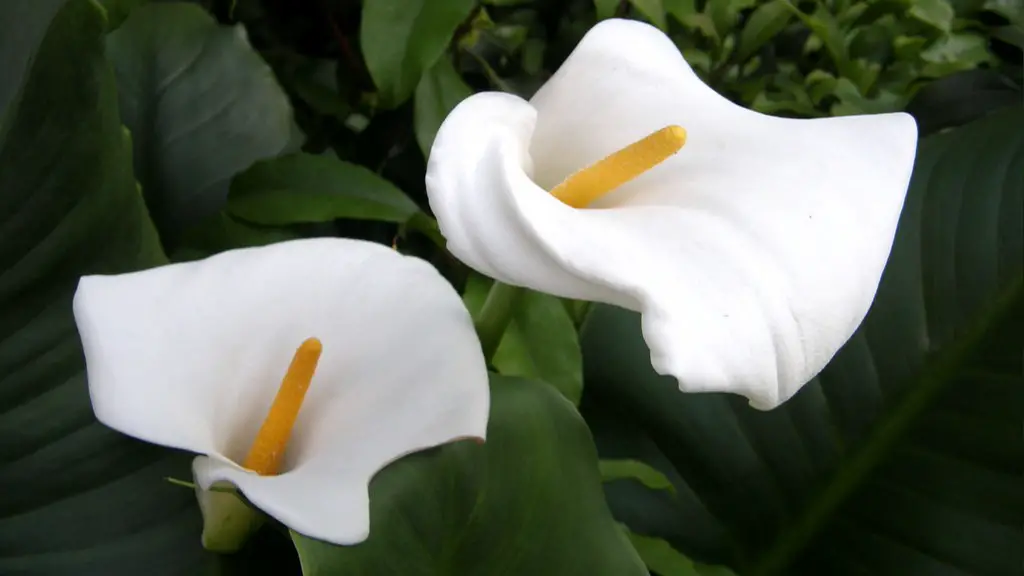There are many different ways that you can care for your calla lily outside. Some people like to keep them in a pot, while others like to plant them in the ground. Whichever way you choose, there are a few things that you need to do in order to keep your calla lily healthy.
Place the calla lily in an area that gets partial sunlight. Water the plant regularly, making sure the soil is moist but not soggy. Fertilize the plant every other month.
Do outdoor calla lilies come back every year?
Calla lilies are beautiful and unique flowers that make a great addition to any garden. They are known for their rhizomatous herbaceous perennial plants, which means they have an underground root system that sends out roots. They are also vascular, which means they have no woody stems above ground. Calla lilies come in many colors, but are one of the few true black perennial flowers you can grow.
Calla lilies are best known for their large, showy flowers that come in a variety of colors. They are native to Africa, and have been grown in gardens around the world for centuries. Calla lilies can be grown outdoors in warm climates, or they can be grown in containers indoors in cooler climates. They are winter hardy in USDA Plant Hardiness Zones 8 through 10. In other zones, they can be grown outdoors as annuals. Calla lilies need well-drained soil and full sun to partial shade to thrive. They are relatively easy to care for, and make a beautiful addition to any garden.
What do you do with outdoor calla lilies after they bloom
Watering your Calla Lilies
After your Calla Lilies have finished blooming for the season and the leaves start to turn yellow, reduce watering. Once the foliage dies back completely, cut it down to the ground. Dig up your rhizomes, clean them off with water and let them air dry for at least 12 hours.
Before freezing weather arrives, bring potted calla lilies indoors unless you live in Zones 8 to 10 (these tropical plants can overwinter outdoors in these zones but will be damaged or killed in temperatures below 25°F). Put the pots in a sunny window to continue growing, or dig up the rhizomes and store them indoors.
Do you cut down calla lilies in the fall?
Calla lilies are a beautiful addition to any garden, and they’re relatively easy to care for. Like other cold-sensitive bulbing plants, calla lilies need to be lifted in fall after the first frost kills back the foliage. They can then be stored for winter and replanted in spring after soil temperatures warm up. With a little care, you can enjoy these lovely flowers for many years to come.
Calla lilies spread by multiplying and creating other bulbs. While these plants spread, they do so in a manner which is quite easy to control. Calla lily bulbs can be dug up and replanted in different locations to help control their spread.
How do you keep calla lilies blooming?
Indoor calla lily care is not difficult, but there are a few things to keep in mind. Keep the soil moist, but not soggy. Provide bright, indirect light. Apply liquid fertilizer monthly while in flower. Keep away from heating and A/C vents. Reduce watering when the plant enters dormancy (November). Cut the leaves off at soil level once they’ve died.
When growing calla lilies, it is best to choose a bright spot that is out of the strongest midday sun. While calla lilies can tolerate partial shade, they will do best in a spot that is well-lit. Additionally, calla lilies must be sheltered from wind in order to thrive.
Can calla lilies grow in pots outside
Callas make excellent houseplants, summer annuals, or even permanent fixtures in the garden, as they are quite easy to care for and can tolerate a wide range of growing conditions. They are best planted in well-draining soil and full sun, but can also do well in partial shade and in less-than-ideal soil conditions. Callas will need to be dug up and stored indoors over winter if grown in colder climates, but can be left in the ground year-round in more temperate regions. With a little care, callas can provide years of enjoyment in the garden or home.
When a calla lily flower dies, it rolls up into a tube and often turns green on the outside. These spent blossoms are done and have no purpose, so they should be clipped off the plant.
Do calla lily bulbs multiply?
Yes, calla lily bulbs do multiply and spread quite easily. This can be both a good and a bad thing, depending on your desired outcome. If you want them to spread and fill in a particular area, then they will do so quite easily. However, if you want to keep them contained, you will need to dig up and replant the bulbs in different locations on a regular basis.
Pruning and deadheading calla lilies is easy to do and doesn’t require any special skills or equipment. Just be sure to wear gloves to avoid contact with the sap, which can be irritating.
What temperature is too cold for calla lilies
Calla lilies are only semi-evergreen in warm areas. If temperatures drop below freezing, they will become deciduous. The plants are damaged when temperatures fall below 25 degrees Fahrenheit.
Lilies are a versatile and popular flower, and many people choose to overwinter their lily bulbs. There are a few things to keep in mind when overwintering lilies, however, to ensure that they remain healthy and happy.
Ideally, lilies should be kept in a cool but frost-free place with strong light. A well-ventilated cold greenhouse or frame is perfect for this. In southern England, many lilies are fully hardy and can be left outside in larger containers year-round.
When bringing lilies indoors for overwintering, make sure to pot them up in a clean, sterile potting mix. Water regularly, but do not allow the bulbs to sit in water. Be sure to also provide good air circulation to prevent fungal diseases.
With a little care, your lilies will overwinter successfully and provide you with beautiful blooms again next year.
Can you leave canna lilies in pots over winter?
Cannas are a tropical plant, so they need to be brought indoors or into a greenhouse before the first frost. You can overwinter cannas in pots by cutting the foliage back to the soil level and stopping watering. Keep them in a cool and dry location that doesn’t fall below 40°F.
When planting tulips, always choose a well-draining location to avoid any issues with standing water. After planting, apply a thick layer of mulch to protect the bulbs against freeze and thaw cycles. Alternatively, you can lift the bulbs to overwinter in storage, but be sure to keep them lightly hydrated.
What do you do with calla lily bulbs in the fall
Calla lilies are a beautiful addition to any garden, but they are a bit finicky when it comes to care. Their rhizomes must be dug up in fall and stored indoors over the winter months. Be sure to give them plenty of light and water, and they should reward you with gorgeous blooms come spring.
Once your lilies have finished blooming and their leaves have started to turn yellow or red, it’s time to cut them back. Simply snip the stalk near the soil line and discard it.
Final Words
Calla lilies are beautiful flowers that make a great addition to any garden. Here are some tips on how to care for calla lilies outside:
1. Plant calla lilies in rich, well-drained soil in a sunny spot.
2. Water calla lilies regularly, keeping the soil moist but not soggy.
3. Fertilize calla lilies every two weeks with a balanced fertilizer.
4. Deadhead spent flowers to encourage continued blooming.
5. dug up and brought inside before the first frost.
With proper care, calla lilies will flourish and provide beautiful blooms all summer long.
Although calla lilies are relatively low-maintenance, they do require some specific care in order to thrive. Here are the key things to remember when caring for calla lilies outdoors: water regularly (about once a week), provide lots of sunlight, and protect from frosts and freezes. With just a little bit of attention, your calla lilies will prosper and put on a beautiful show all summer long!

